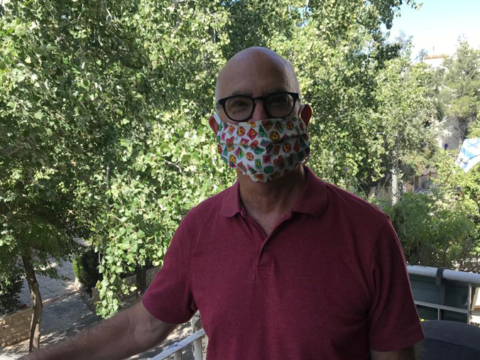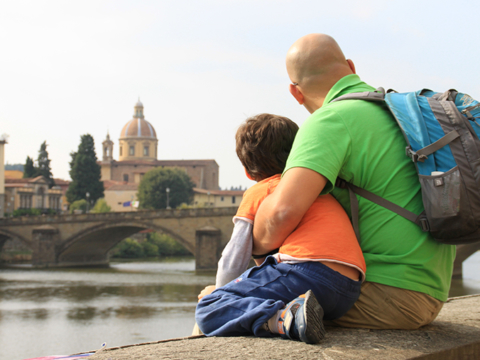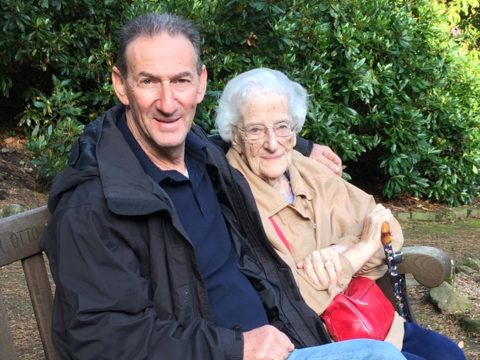Get rocking after midnight
Shavuot is a holiday that gets rocking after midnight as Jews around the world blink away the tiredness and talk Torah until dawn. For Rabbi Stacey, it’s not only about erudite Talmudic discussions or mystical reflections on the Kabbalah. Rather it’s a chance to share who we really are. “My ideal Shavuot is to spend all night with my community in Tzur Hadassah and every hour someone else brings a new Torah, their Torah, their wisdom. Last Shavuot, people spoke about so many different things, about Hebrew poetry, about how they are fighting to preserve Israel’s parks. We all have a Torah to share.”
The Shavuot custom of all-night Torah (known as Tikkun Leil Shavuot) was developed by the mystics living in Tsfat in the 16th century. But it spread, according to some opinions, because of the craze for coffee. Caffeinated-up worshippers now had the energy to talk Torah all night long. With or without performance-enhancing-stimulants, it has become a contemporary phenomenon. “Shavuot study is about saying that Jewish knowledge is available, that you can pop in at any time and share our common language,” says Stacey. “When I lived in Jerusalem, it was an all-night party of hopping from Reform to Orthodox communities, from music events to theater. And at 5 A.M., thousands of us would walk towards the Western Wall. I and others would turn off at Azrat Israel, the pluralistic section of the Wall, and pray as the sun rose. It was like were all standing together at Sinai. I felt blessed to be here, now.”
Stacey feels especially blessed to be living and leading in Tzur Hadassah. Established in the 1950s, the town was initially a “backwater” on the border with Jordan but is now growing rapidly. “We’re expecting 800 new families this summer.” Its growth is connected to its reputation for religious tolerance. According to Stacey, “this is the place in Israel where pluralism works.” It’s one of the few areas where the Reform rabbi (Stacey) and community receive state assistance similar to what many Orthodox congregations receive. “People in the town see Reform’s presence here as a symbol of a pluralistic, open town that will blossom. We’ve also had tremendous success in establishing good relations with local Modern Orthodox people, which has broken down their fears and trepidation about Reform.”
Stacey believes Judaism is about connection. “I grew up in a very Jewish area of Cleveland but I was always seeking more. I was always seeking a connection with Israel. In Israel, I feel at home. The reason is certainly not political, rather it’s a very personal feeling that this is my place, that it runs on my time, on Jewish-time.” She met her husband, an intelligence officer and now a human rights lawyer, on a mini-bus in Jerusalem. “Pretty soon into our relationship, he told me that he only wanted to live in Israel. I was glad to hear it. He was my excuse to move here and stay here.”
Both Rabbi Stacey and her Tzur Hadassah community are passionate about sharing their love of Israel and of Jewish peoplehood. “When I speak with North American congregations, I notice the hunger to connect with Israel. There are plenty of ways to connect with Israel but you can’t replace visiting here and meeting people. Everyone should get here. They’ll be happy they did it.”
Rabbi Stacey Blank | Cover photography: HershelGutman Photography





